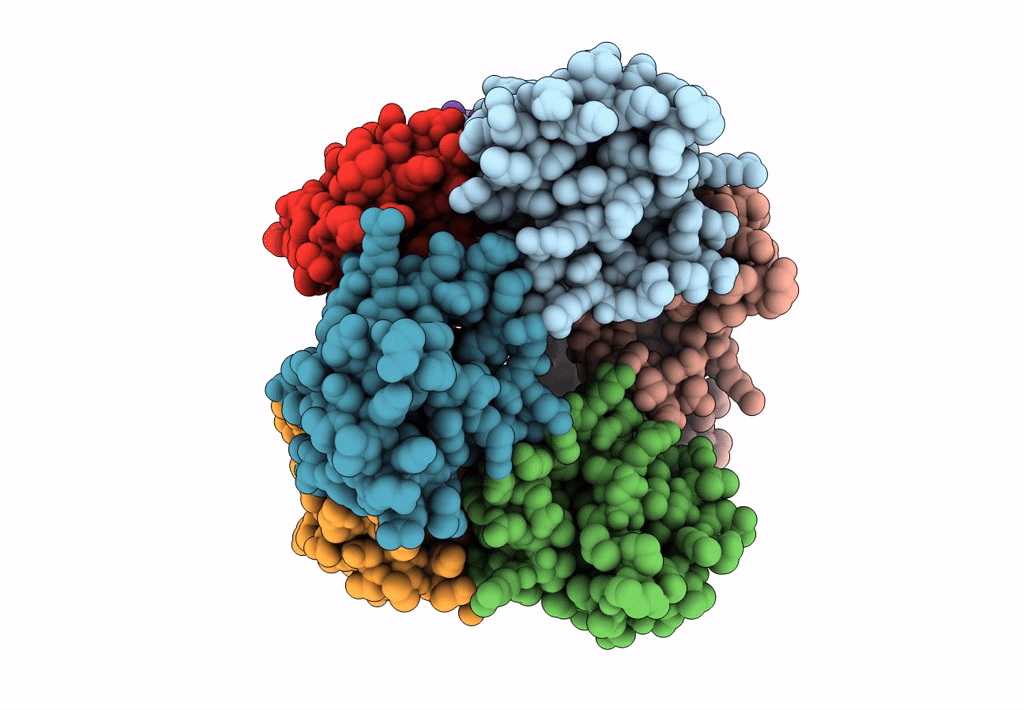
Deposition Date
2015-11-11
Release Date
2016-03-30
Last Version Date
2024-05-08
Method Details:
Experimental Method:
Resolution:
4.80 Å
Aggregation State:
FILAMENT
Reconstruction Method:
HELICAL


